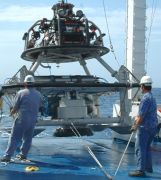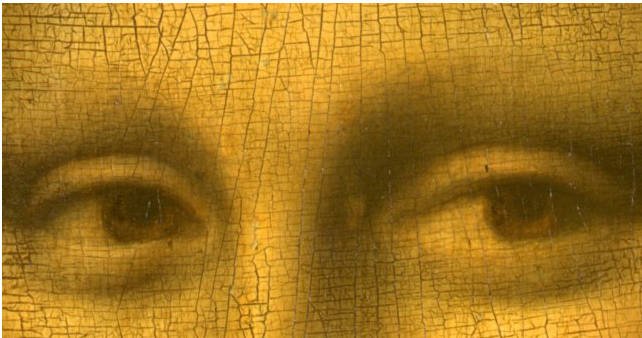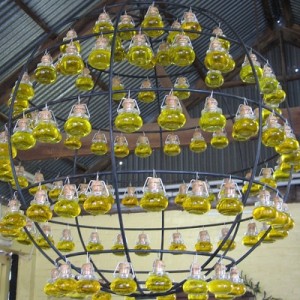Hoping to solve the mystery behind Leonardo Da Vinci’s masterpiece Mona Lisa, scientists in Florence are looking for the bones of his presumed model, Lisa Gherardini.
Working on the project are two of Italy’s famed art super sleuths, Francesco Mallegni, the anthropologist/detective who famously brought to light Dante’s Cannibal Count and Silvano Vinceti who found painter Caravaggio’s remains.
Little is known about the real life of the noblewoman said to have posed for Da Vinci, but she is thought to have died in the 1540s in Florence’s Sant’Orsola convent.
The large Sant’Orsola complex dates to 1309, ceased its life as a convent in the 1800s, then became a tobacco factory before being used by the university up to the 1950s. It stood semi-derelict with its windows bricked-up until restoration work started in 2010.
“Using ground-penetrating radar we have already identified a crypt under one of two churches in the convent, the search will start from this spot,” Vinceti told daily La Nazione. “Given the architecture of the building and manuscripts of the nuns who lived there, we believe that the crypt was used to guard the tombs.”
Researchers hope to finally solve the ongoing mystery about the model with the mysterious smile: over the years, historians have theorized that the woman was in fact a self-portrait of the painter or perhaps a young boy.
How could they prove it?
“If we find anything, the DNA of Lisa Gherardini would then be compared with DNA from two her two children, Bartolomeo and Piero Del Giocondo who are buried in Santissima Annunziata,” Mallegni said. “Only then could we go back to her facial structure and compare it to the painting.”








